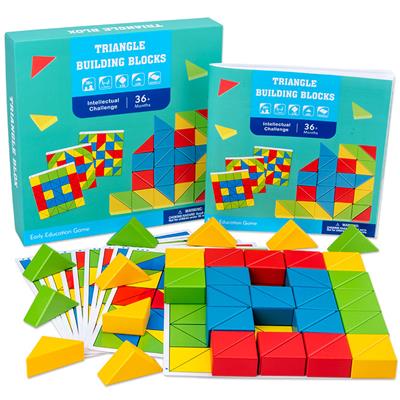Introduction: The human brain possesses a remarkable ability to adapt and rewire itself, a process known as neuroplasticity. Puzzle toys play a pivotal role in stimulating neuroplasticity, allowing the brain to form new connections and enhance cognitive abilities. In this blog, we’ll explore the connection between puzzle toys and neuroplasticity, highlighting how these toys unlock the brain’s adaptive potential.
- Cognitive Stimulation: Puzzle toys challenge different cognitive functions, such as memory, problem-solving, and spatial reasoning, stimulating the brain and promoting neural connections.
- Repetition and Practice: Regular engagement with puzzle toys provides repetition and practice, a key factor in strengthening neural pathways and enhancing cognitive skills.
- Flexibility and Adaptability: Solving puzzles demands flexible thinking and adaptability, encouraging the brain to reorganize and develop new neural networks.
- Reward and Reinforcement: The sense of accomplishment and reward when completing puzzles reinforces positive brain changes and motivates further learning.
- Lifelong Learning: Puzzle toys encourage lifelong learning and engagement, fostering an environment for continued neuroplasticity throughout the lifespan.
Conclusion: Puzzle toys hold immense potential in stimulating neuroplasticity, the brain’s ability to adapt and rewire itself. By providing cognitive stimulation, repetition and practice, flexibility and adaptability, rewards and reinforcement, and supporting lifelong learning, puzzle toys create an environment that unlocks the brain’s adaptive potential. Embracing puzzle toys as a means of cognitive stimulation offers individuals a proactive and enjoyable approach to maintaining brain health and cognitive vitality throughout life.








